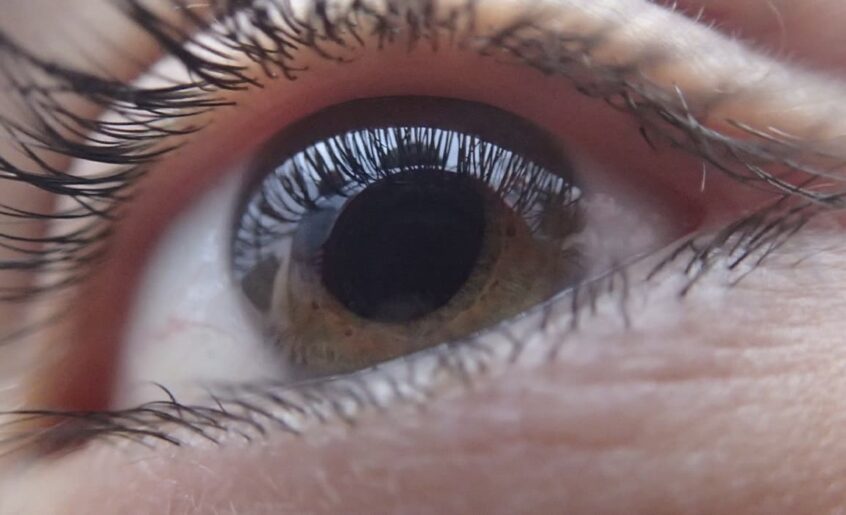A team of researchers from the Hong Kong University of Science and Technology, the University of California and the Lawrence Berkeley National Laboratory has created an artificial eye, which in its parameters and functions is close to the human organ. The researchers wrote about the discovery in an article published in the journal Nature.
Science fiction films and books often describe robots or cyborgs, whose vision is significantly superior to human thanks to special bionic eyes. In reality, however, it is not easy to implement such technology. In practice, creating artificial vision devices with a spherical shape and hemispherical retina turned out to be quite a challenge.
Until now, scientists have managed to create bionic eyes, the functionality of which was very limited. New work by researchers from the U.S. and China reports creating an artificial eye that is very close to the human eye in terms of its parameters, including size and focusing ability. To do this, scientists actually built the device in the image and likeness of the natural biological eye, preserving the shape of its parts.
The new artificial eye is covered by a protective shell of tungsten with aluminum applied to it. Like a normal eye, it has a lens and iris at the front and a retina at the back. The body of the device is filled with an ionic fluid. But all of this has been used in artificial vision systems before. What really sets this device apart is the retina. It is based on aluminum oxide, which contains many pores with photodetectors inside.
At the back of the retina are thin, flexible wires made of eutectic gallium-indium alloy and encased in soft rubber sheaths. The retina is held in place by a special polymer structure that provides electrical contact between the perovskite nanowires and the liquid alloy wires at the back. The nanowires are connected together and connected to a computer, which processes information from the retina.
The artificial eye is capable of responding to the same range of light intensities as the human eye. Moreover, the new bionic device is comparable to the “original” in light sensitivity, and its response to changes in light intensity is even faster than that of the natural eye. The device is capable of creating images in very high resolution, at least in theory. In the current version of the eye, nanowires are connected together in groups of three or four wires, and this provides an eyeball resolution of only 10 x 10 pixels, which is quite small.
This is due to the size of the wires compared to the sensors. To create a practically applicable artificial eye that would have the resolution of a human eye, millions of ultra-thin wires would have to be connected to the retina. At the moment, researchers are just working on this and expect that within ten years, the first prototype device will be ready for human use.
